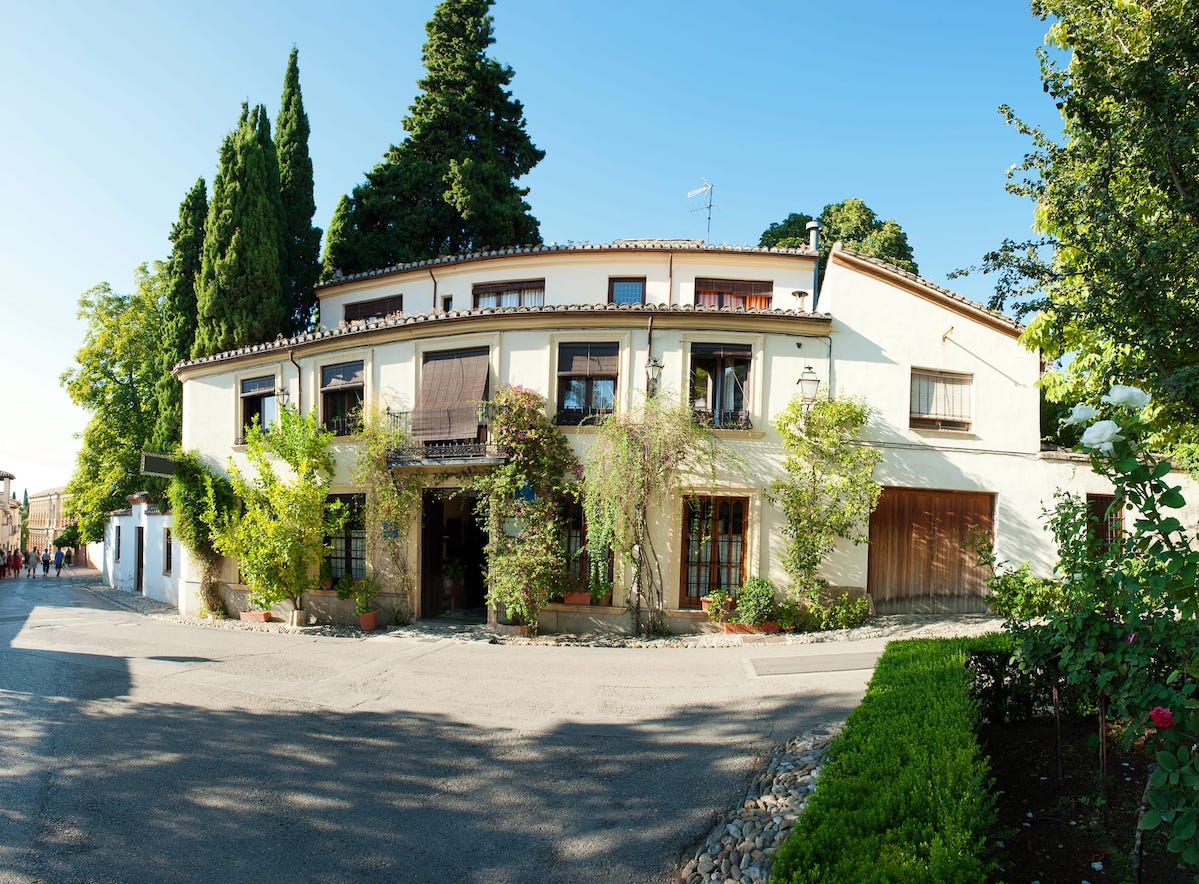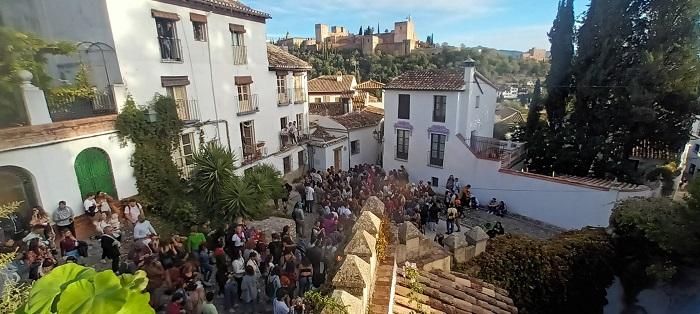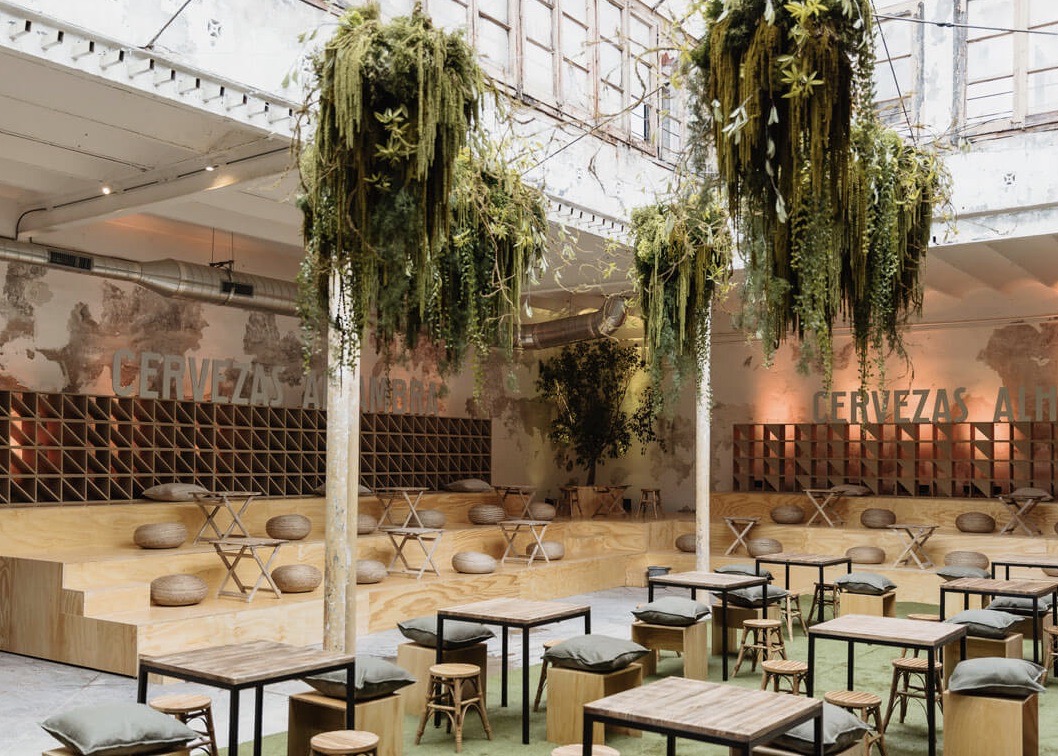Photo: El Independiente de Granada
Last Saturday, I sat in the car for ten minutes trying to get to my garage, having entered the Albayzín via Calle Pagés. What the hell was going on? So much traffic leaving and trying to enter the barrio. It didn't help that the pilonas (bollards that restrict entry to residents only) had been removed at the end of August and should have been replaced by end-September by more efficient models. There was unrestricted vehicle access to the Albayzín. Crazy.
That area of the Albayzín was also thick with pedestrians, milling around and through the traffic, some of whom were in fancy dress and all of whom were noisily enjoying themselves. I had chanced on a procession I knew nothing about, despite living here for more than twenty years.
Each Autumn there is a fun gathering and procession for the little toe. Not just any toe. The severed little toe of a man named Chemi Márquez. Twenty-nine years ago he was in a traffic accident while riding his motor bike in the centre of Granada. His little toe was severed. With the compensation, he bought a house in the Albayzín (now named after the toe) and decided to preserve it in formaldehyde and keep it in a niche in the house. Each Autumn the 'uncorrupted little toe' is taken out of its crypt and paraded in its glass casket on the shoulders of four bearers, with music, song and banners. This year arorund 400 people helped celebrate showing the toe to the sky.
Wonderfully absurd. Just one of the reasons I love living here.






















